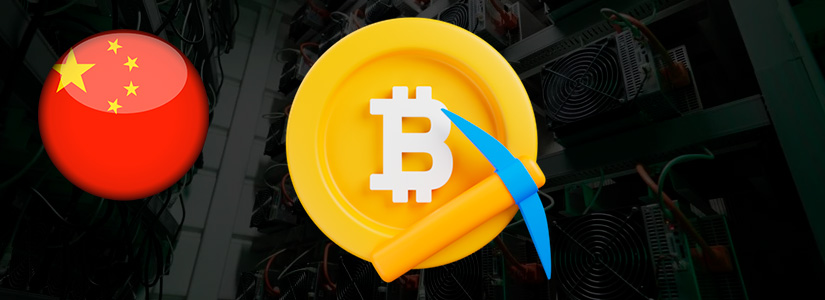TL;DR
- Bitcoin miners are reducing their holdings ahead of the upcoming halving event, which will cut the reward for validating transactions and adding them to the blockchain by 50%.
- This reduction could be a strategic move by miners to enhance their profitability. They might be using their accumulated Bitcoin to purchase more advanced machinery, reducing operational costs and preparing for the halving.
- The extended dry season in China’s southwest, responsible for approximately 20% of the total computational power in the Bitcoin network, might also be a contributing factor. Miners might sell during the dry season to offset mining equipment downtime.
As the Bitcoin network gears up for its next halving event, a significant shift is being observed in the behavior of Bitcoin miners. Data from blockchain analytics firm Glassnode reveals that the number of Bitcoin held in wallets tied to miners has dropped to its lowest level since July 2021.
This reduction in holdings, amounting to 8,426 BTC ($530 million) since the start of the year, extends a trend that began in the second half of October 2021. The decline is noteworthy as it comes ahead of the programmed halving of the revenue earned per block, a quadrennial event due in April.
Currently, miners receive 6.25 BTC per block as a reward for validating transactions and adding them to the blockchain. The upcoming halving will reduce this figure to 3.125 BTC, effectively cutting per-block revenue by 50%. This event is often perceived as a challenging examination for miners, given that it’s anticipated to simultaneously reduce earnings and escalate production expenses.
Bitcoin Miners: Adapting to the Halving Event

One potential reason for the decrease in Bitcoin miners’ balances could be the upcoming halving event. To enhance their profitability, miners might be utilizing their accumulated BTC to purchase more advanced machinery, thereby reducing operational costs. This approach could potentially strengthen their position in preparation for the halving.
Another contributing factor might be the extended dry season in China’s southwest, which usually lasts from October to around March or April. China is responsible for approximately 20% of the total computational power in the Bitcoin network.
It’s known that miners in certain Chinese regions activate additional equipment during the rainy season when hydropower is abundant. It’s plausible that miners might sell during the dry season to offset mining equipment downtime.
In conclusion, the reduction in Bitcoin holdings by miners ahead of the reward halving is a significant development. It underscores the strategic decisions miners must make to remain profitable in the face of changing network dynamics. As the halving approaches, the Bitcoin community will be watching closely to see how these trends evolve.










